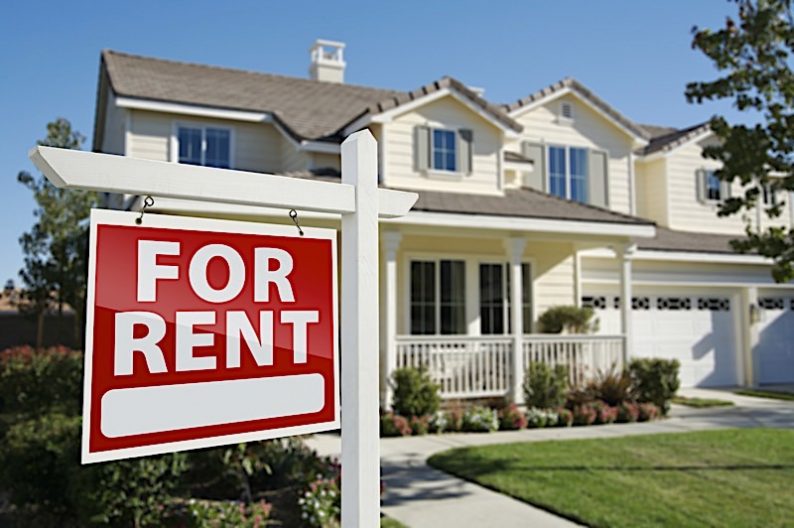Buy and hold real estate strategies have proven — time and time again — that they belong in every investor’s portfolio, not excluding the average part time investor. Every investor, for that matter, could benefit from owning a rental property or two of their own; provided it’s cash flowing (making more money than it costs to operate), of course. However, I could argue that buy and hold real estate, due in large part to its passive nature, appeals to one type of investor, more so than any other: the part time investor. If for nothing else, buy and hold real estate is the single greatest strategy for someone who doesn’t want to commit entirely to the real estate industry.
Most part time investors, for that matter, either don’t have the time to commit to the real estate industry fully or they simply don’t want to. Either way, their time spent investing is limited. As a result, it’s in their best interest to simultaneously optimize their time and results. What better way to do that than to invest in a rental property?
There are few strategies, at least in my opinion, that have become more synonymous with a grater return on investment (ROI) than buy and hold properties. And who stands to benefit more from a greater ROI than those who don’t have a lot of time to invest in the first place? The answer is simple: the part time investor. Ironically, it’s their lack of time spent in the industry that could be their greatest asset. You see, some of the greatest benefits known to buy and hold investors are made available to those who, well, don’t work a lot.
It is entirely possible for the average, run-of-the-mill part time investor to gain access to four of today’s greatest buy and hold benefits.

THE 4 GREATEST BENEFITS OF BUY & HOLD REAL ESTATE
- Income
- Depreciation
- Equity
- Appreciation
I want to make it abundantly clear: passive income is only passive after a lot of upfront work has been completed. That means, for a part time investor to take advantage of these benefits, they must put in a lot of hard work before they can truly benefit from owning a passive income property. For starters, they will need to find the right property, create demand, have the right systems in place, secure funding, and execute a number of other steps in an otherwise complex process. Perhaps even more importantly, they’ll need to hire a third-party property management company to oversee their asset.













Leave A Comment